Foxgloves, with their towering spires of bell-shaped blooms, are among the most enchanting plants you can add to a garden. Known botanically as Digitalis purpurea, foxgloves produce elegant, tubular flowers in shades of purple, pink, white, and yellow, often speckled inside. Popular in cottage gardens, woodland settings, and pollinator-friendly beds, these dramatic biennials (and sometimes perennials) are prized for their vertical beauty and ability to attract bees and hummingbirds.
However, as stunning as they are, foxgloves come with a caution: they’re toxic if ingested by humans and pets. This makes careful placement essential — to enjoy their beauty without compromising safety. In this comprehensive guide, we’ll discuss where you can safely plant foxgloves in your landscape, practical tips for growing them, and how to handle them responsibly.
A Brief Overview of Foxgloves
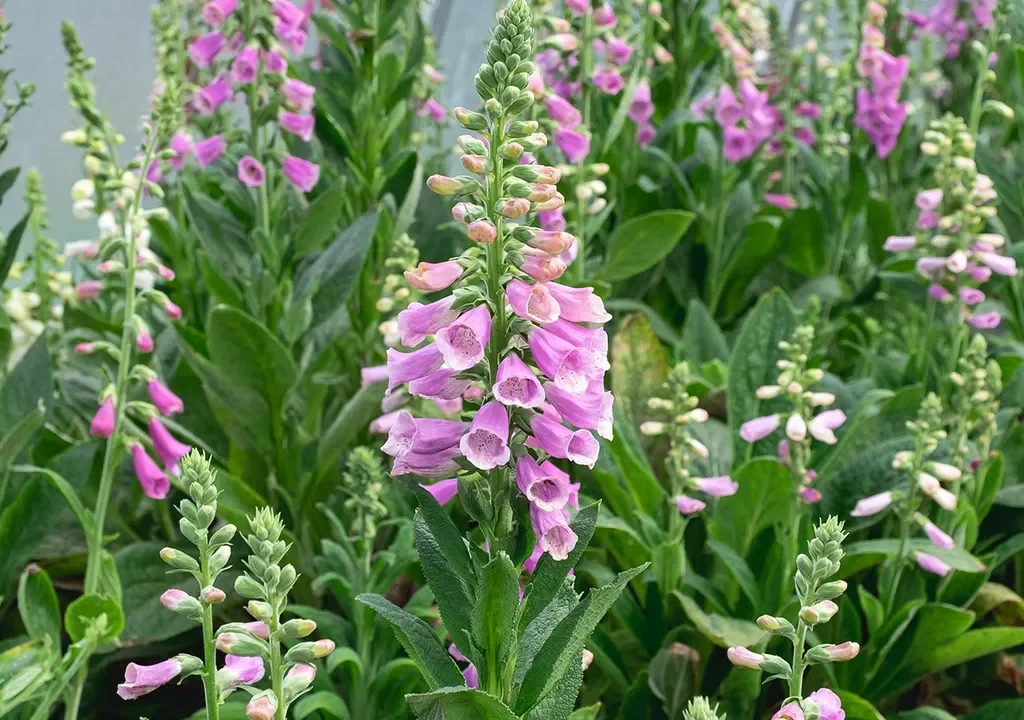
Foxgloves are native to Europe, North Africa, and western Asia but have become beloved worldwide for their striking flowers and naturalistic appeal. They typically bloom from late spring to mid-summer, reaching heights of 2 to 5 feet, depending on the variety.
These plants are biennial in most regions, forming leafy rosettes in their first year and flowering in their second before setting seed. Some hybrid varieties and certain species can act as short-lived perennials in favorable climates.
The Safety Concern: Why Placement Matters
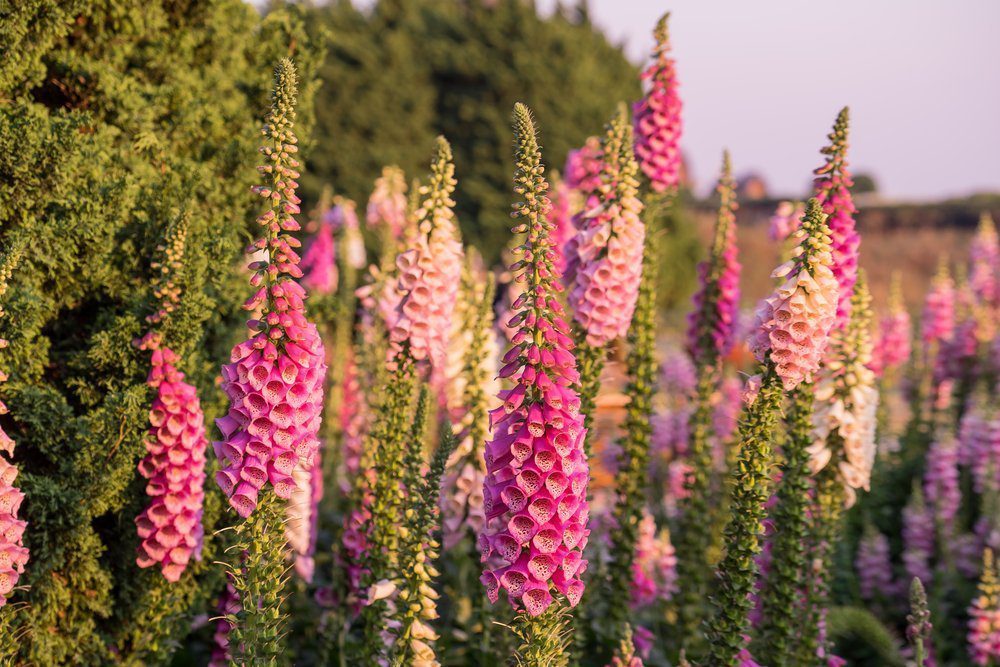
The entire foxglove plant — leaves, flowers, stems, and seeds — contains cardiac glycosides, which can cause severe poisoning if ingested by people, dogs, cats, horses, or livestock. Symptoms of foxglove poisoning include nausea, irregular heartbeat, confusion, and even death in extreme cases.
Because of this, careful placement in your garden is vital. While it’s absolutely possible to grow foxgloves safely, it’s important to choose locations where the risk of accidental ingestion is minimal.
Ideal and Safe Places to Plant Foxgloves
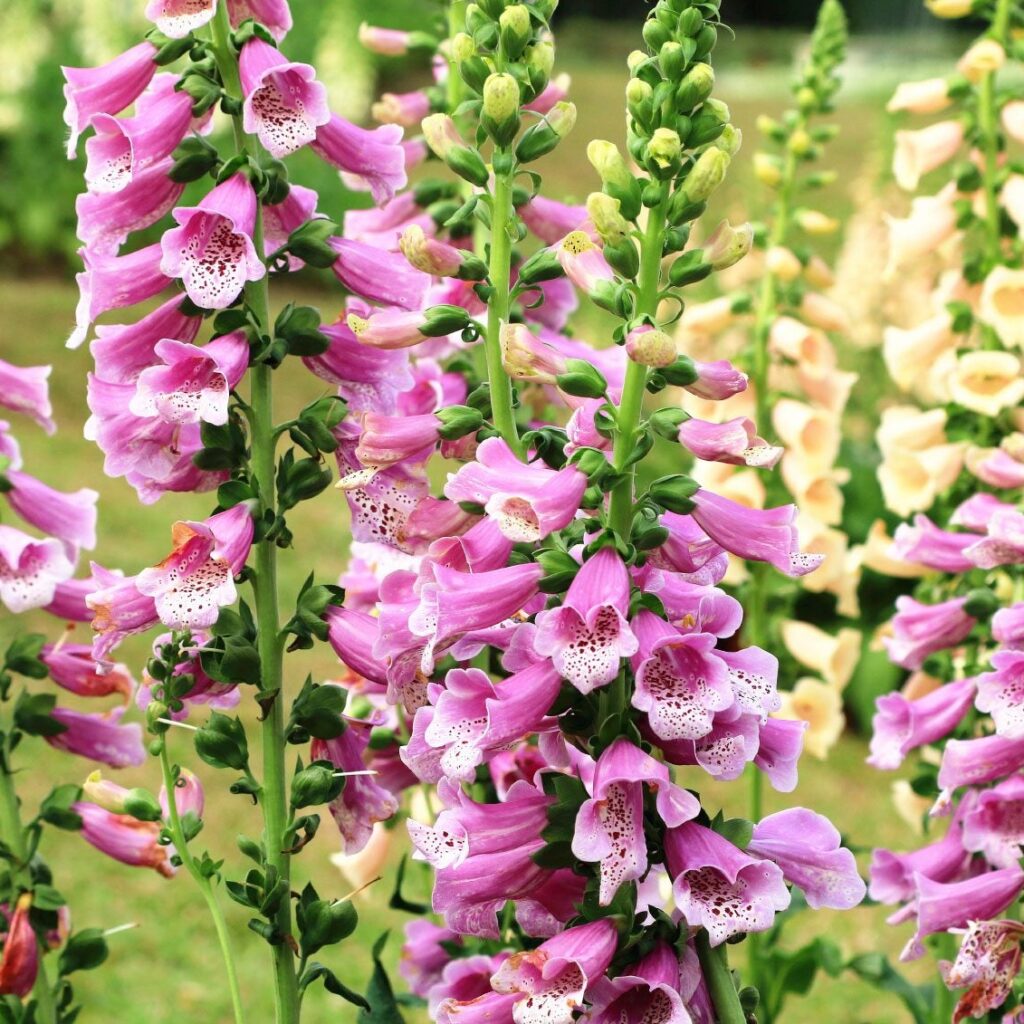
1. Woodland Edges and Shady Borders
Foxgloves naturally thrive in woodland and forest margins, making shaded or partially shaded garden edges ideal. These areas are typically less frequented by small children and pets, reducing accidental contact.
Why it’s safe:
- Tucked away from high-traffic areas.
- Blends beautifully into naturalistic settings.
- Offers the partial shade foxgloves prefer.
Tip: Pair with ferns, hostas, astilbes, and other shade-tolerant plants for a lush, layered look.
2. Behind Garden Borders
Position foxgloves towards the back of perennial or mixed borders where their tall spires can rise behind lower-growing plants. This placement keeps them out of reach from curious hands or animals while showcasing their dramatic height.
Why it’s safe:
- Limits direct access for children and pets.
- Maintains a safe distance from paths and seating areas.
Design bonus: Adds vertical interest and depth to borders.
3. Fenced or Gated Flower Beds
If you have a fenced-off garden area, such as a dedicated cut flower bed or herbaceous border, this makes a secure spot for foxgloves. A small picket or decorative fence can be enough to discourage children and pets from venturing too close.
Why it’s safe:
- Provides a clear boundary.
- Prevents accidental ingestion by pets or livestock.
4. Pollinator or Wildlife Gardens
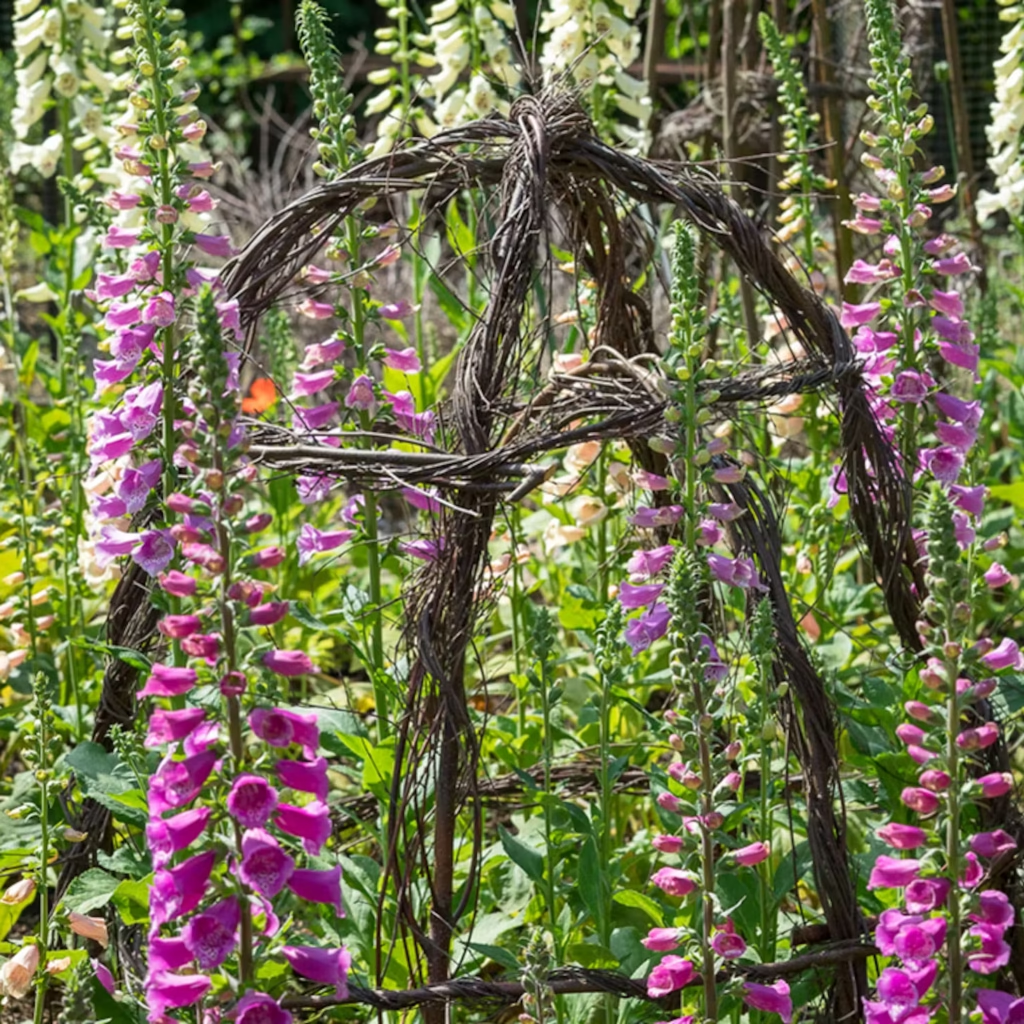
Foxgloves are magnets for bees, hummingbirds, and beneficial insects, making them a perfect addition to pollinator-friendly spaces away from patios, play areas, or walkways.
Why it’s safe:
- Encourages wildlife without risking human or pet exposure.
- Naturalistic placement blends them into informal, wilder garden areas.
Tip: Combine with other pollinator plants like echinacea, monarda, and rudbeckia.
5. Raised Garden Beds or Containers
Growing foxgloves in elevated planters or large containers provides another level of safety, especially in small gardens or patios. The height makes it less likely for young children or pets to reach the plants.
Why it’s safe:
- Controlled environment.
- Easier to monitor and maintain.
Bonus: Containers allow for soil adjustments and easy relocation if necessary.
Places to Avoid Planting Foxgloves
To ensure safety, avoid planting foxgloves in:
- Children’s play areas
- Dog runs or areas pets frequent
- Pathway edges or beside front doors
- Publicly accessible gardens or community plots without signage
- Vegetable or edible herb gardens
These high-contact areas increase the risk of accidental brushing, touching, or ingestion.
Tips for Growing Foxgloves Responsibly
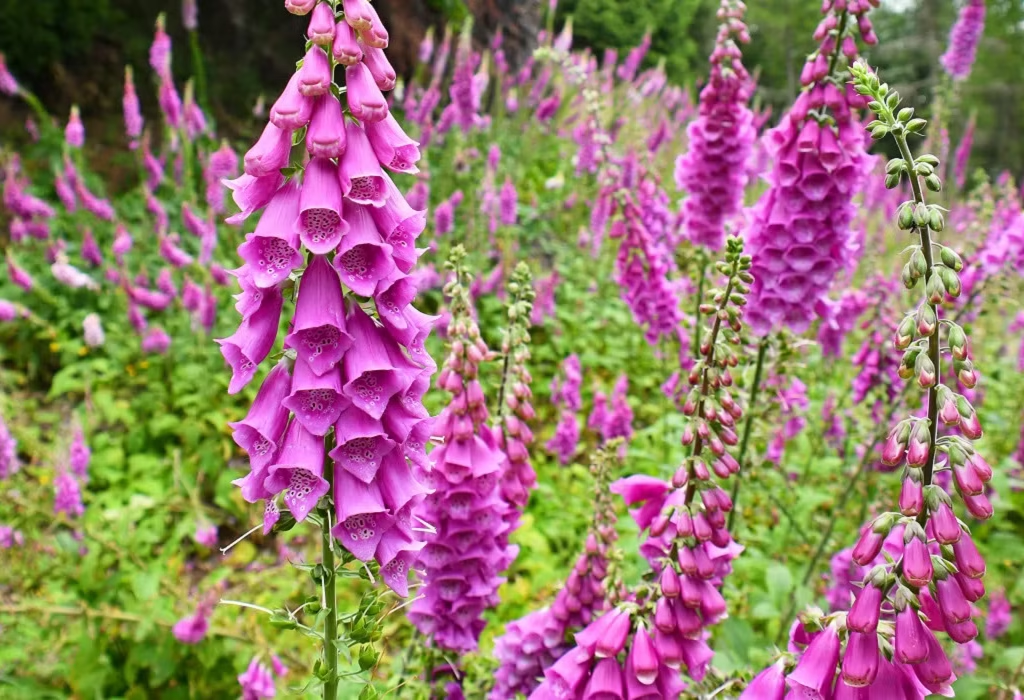
If you decide to grow foxgloves, take these precautions for safe and successful cultivation:
1. Label Plants Clearly
Place small garden tags or signs indicating that foxgloves are toxic, especially if you host visitors or have children who may not recognize the plant.
2. Wear Gloves When Handling
When pruning, deadheading, or moving foxgloves, wear gardening gloves to avoid skin irritation or accidental transfer of plant sap to your mouth or eyes.
3. Remove Faded Flowers Promptly
Once flowers fade, promptly cut back the flowering stalk to prevent self-seeding and limit accidental contact with drying seed heads.
4. Educate Household Members
Ensure all household members are aware of which plants are poisonous in the garden and encourage children not to pick or eat anything without adult supervision.
5. Supervise Pets Outdoors
If your pets spend time in the garden, consider fencing off foxglove areas or choosing alternative non-toxic plants for pet-friendly landscapes.
Best Growing Conditions for Foxgloves
To keep your foxgloves thriving safely in their designated spots:
- Light: Partial shade to filtered sunlight, though they tolerate full sun in cooler climates.
- Soil: Well-drained, moderately fertile, and rich in organic matter.
- Watering: Consistent moisture, especially during dry spells, but avoid waterlogged conditions.
- Spacing: Plant 12–18 inches apart to allow air circulation and prevent fungal issues.
- Deadheading: Remove spent blooms to encourage further flowering and control unwanted reseeding.
Popular Foxglove Varieties to Consider
- Digitalis purpurea ‘Pam’s Choice’ — White flowers with deep maroon throats.
- Digitalis ‘Dalmatian Peach’ — Early flowering with soft peachy-pink blooms.
- Digitalis grandiflora (Yellow Foxglove) — Pale yellow, nodding flowers, longer-lived perennial.
- Digitalis ‘Excelsior’ — Tall, multi-colored spikes, a cottage garden classic.
Conclusion
Foxgloves bring a sense of old-world charm and elegance to any garden, with their striking floral spires and wildlife-friendly nature. While their toxicity requires caution, it’s entirely possible to grow them safely by choosing appropriate planting locations, educating household members, and practicing careful garden management.
Ideal safe spots include woodland borders, the back of garden beds, fenced flower areas, pollinator gardens, and raised planters — all offering a blend of aesthetic appeal and responsible gardening. With the right planning and placement, foxgloves can be a cherished and secure part of your landscape, enhancing both its beauty and its ecological value.
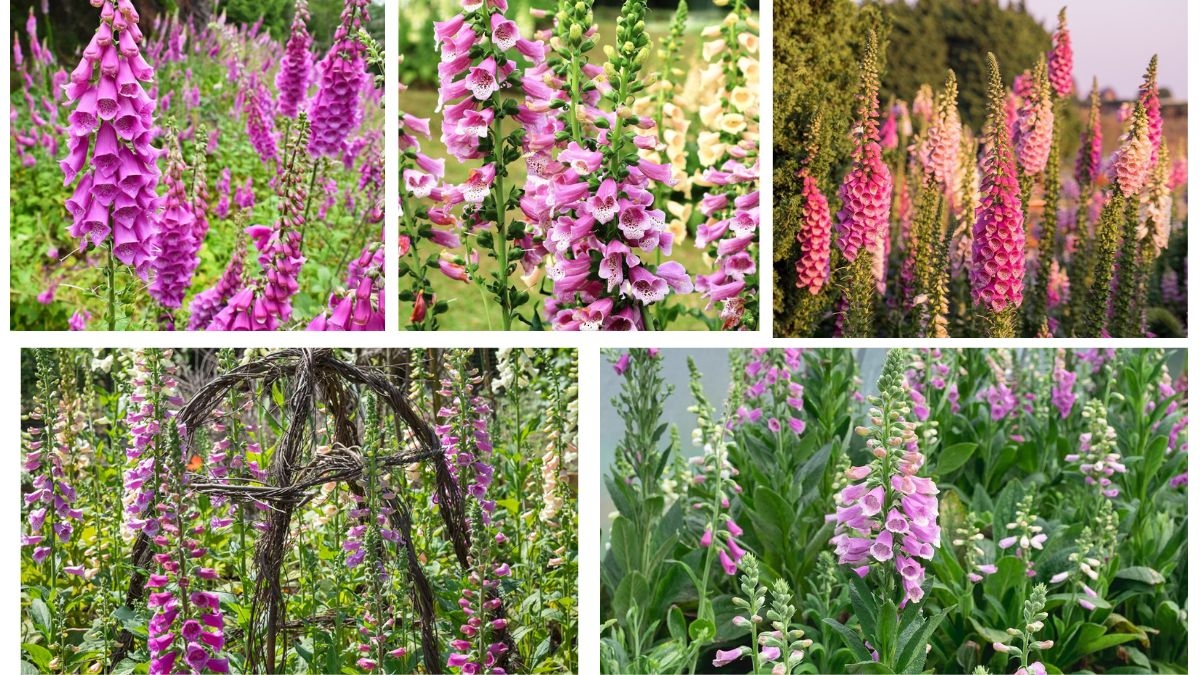



Leave A Comment